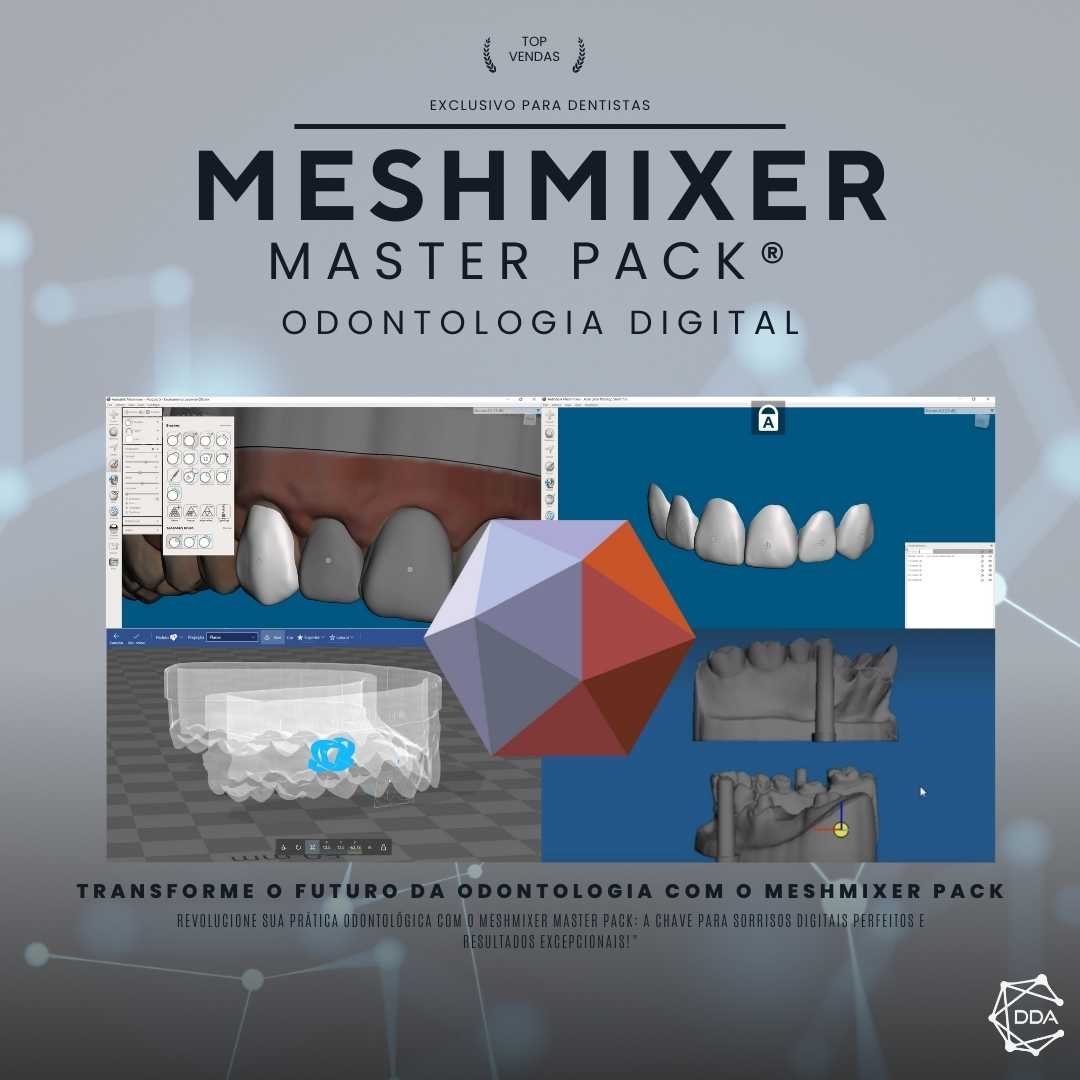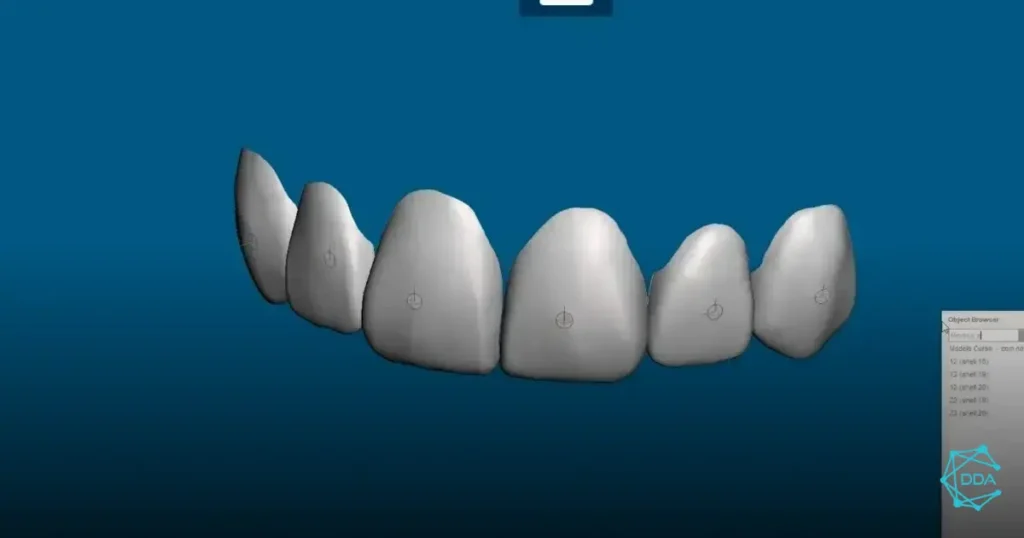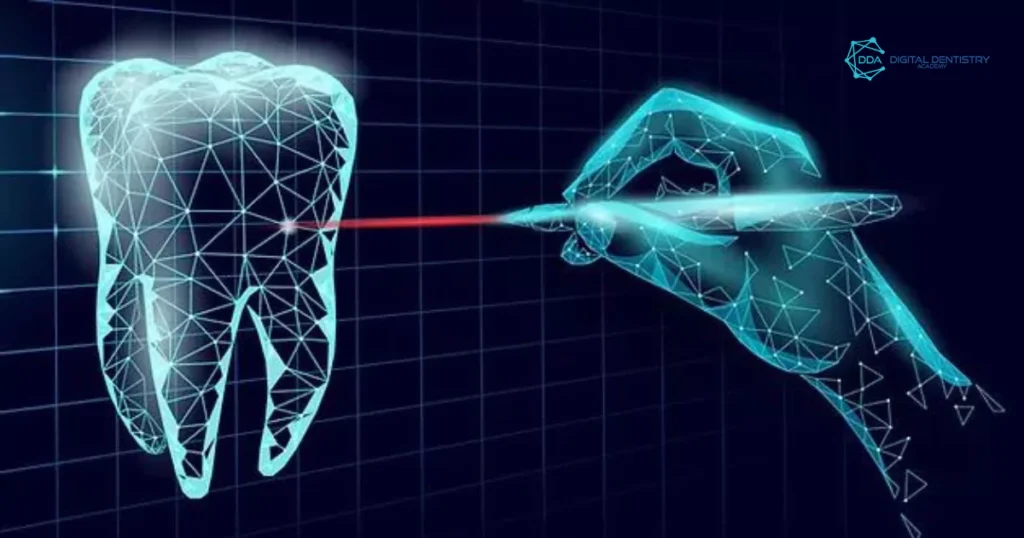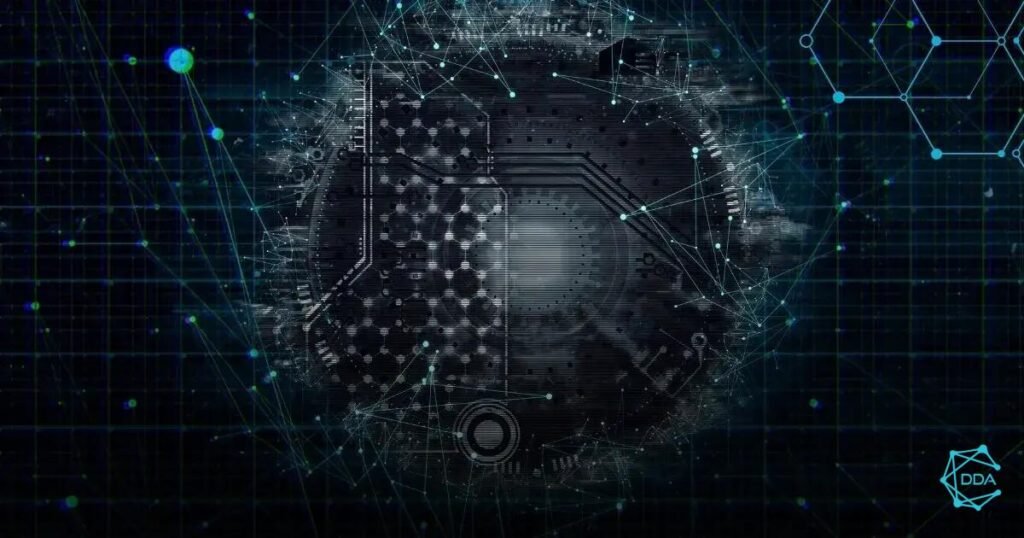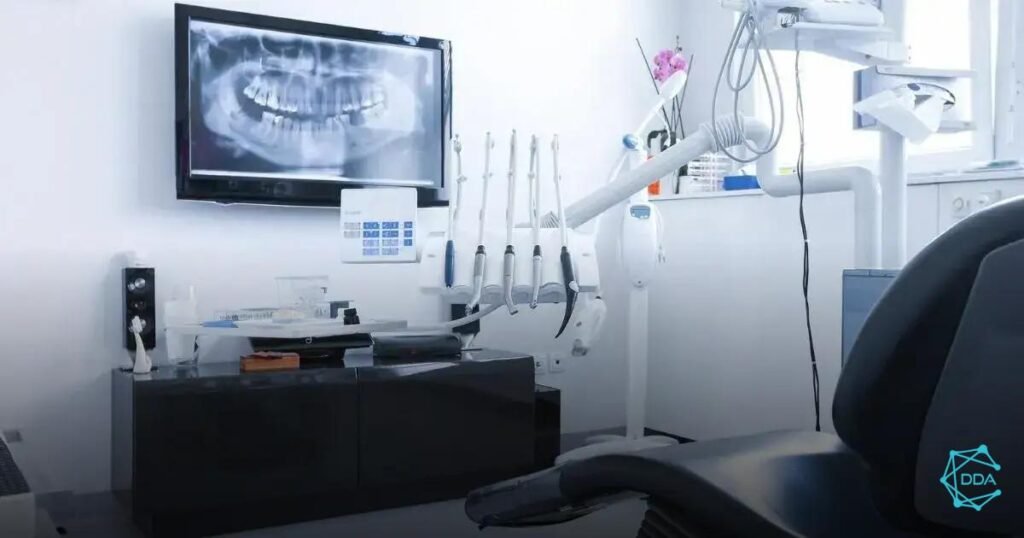Advances in technology in dentistry: Digital Radiography
Technology has revolutionized many areas of healthcare, and dentistry is no exception. One example of this is digital radiography in dentistry, which has become increasingly common in dental offices and clinics.
What is digital radiography?
Digital radiography is a procedure that replaces traditional film radiographs with images that can be viewed directly on computer screens. These images are captured using an electronic sensor and stored digitally.
This technological advancement offers several advantages over conventional radiography. The first is the elimination of the use of radiographic films, which are not only more expensive but also generate a large volume of chemical waste. With digital radiography, the process is fully digitized, eliminating the need for developing and discarding previously used films.
Furthermore, digital images are high-quality and can be viewed immediately, allowing for faster and more accurate diagnosis. Another advantage is the ability to enlarge the image, making it easier to see details and aiding in dental treatment planning.
Benefits of digital radiography in dentistry
The use of digital radiography in dentistry brings several benefits to both professionals and patients. Here are some of them:
Greater security
Digital radiography has a lower radiation dose compared to conventional radiographs, ensuring greater safety for both patients and professionals performing the exams.
higher precision
Digital images allow for a more detailed view of tooth structure, facilitating the diagnosis of problems such as cavities, infections, and bone pathologies. This allows for more precise and efficient treatment.
Agility in diagnosis
By eliminating the need for film development, digital images can be viewed immediately after capture, enabling faster diagnosis and allowing the professional to begin treatment more quickly.
Ease of storage and sharing
Digital images can be easily stored in a computer system, taking up less physical space than conventional X-rays. Furthermore, they can be easily shared with other professionals if a second opinion or patient referral is needed.
Conclusion
Digital radiography in dentistry is an important tool that brings countless benefits to professionals and patients. In addition to ensuring greater safety and accuracy in diagnoses, it speeds up the treatment process and facilitates the storage and sharing of images.
Therefore, it is indisputable that the adoption of this technology is essential for quality and efficient care in the dental field.


